Comparison: Tesla Model Y vs Model 3

SINGAPORE - With the official launch of the Model Y SUV in Singapore, Tesla now has two models in its lineup here. Note that while the brand lists the Model S large sedan and the Model X large SUV on its Singapore website, deliveries of both those models have not materialised yet.
The Model 3 and Model Y are similar-looking and similar-sized cars, and they have an almost identical equipment loadout as well, so buyers considering between the two might come up confused as to what the differences are between the two.
The short answer is: The Model Y is an SUV, and is a slightly larger, more spacious, but also more expensive car that has less performance than the Model 3 sedan.
For the more detailed breakdown of the differences between them, and how to choose one, read on.
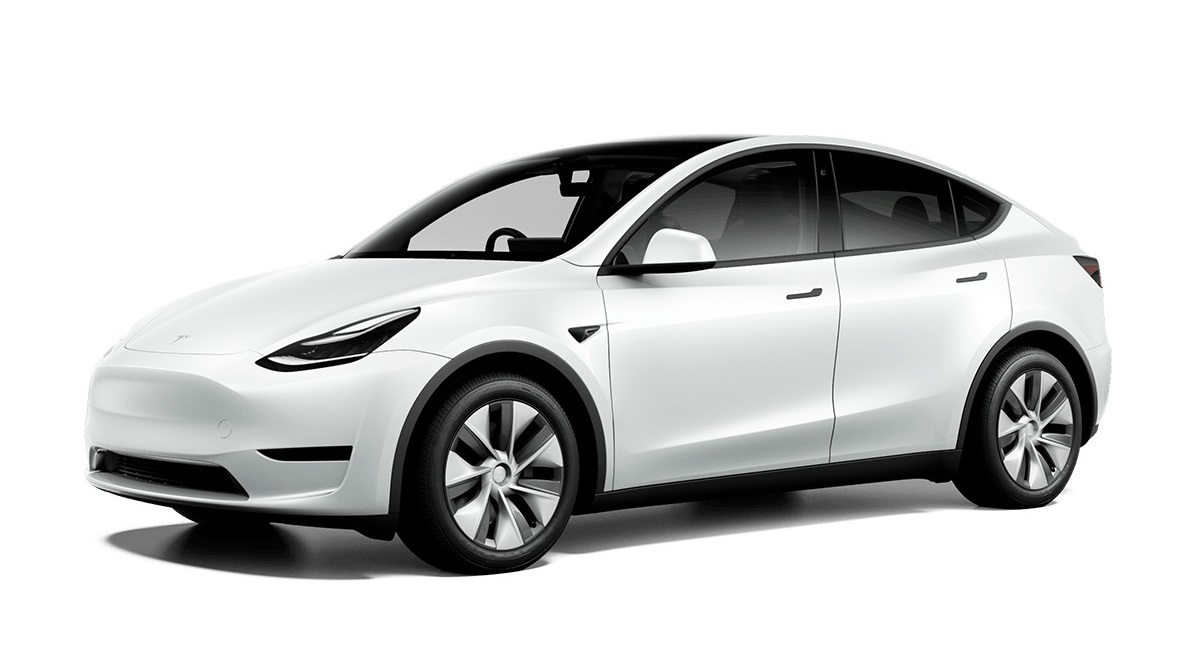
While the interior designs are almost exactly the same with the same minimalist layout, the Model Y has one key difference: It has more space.
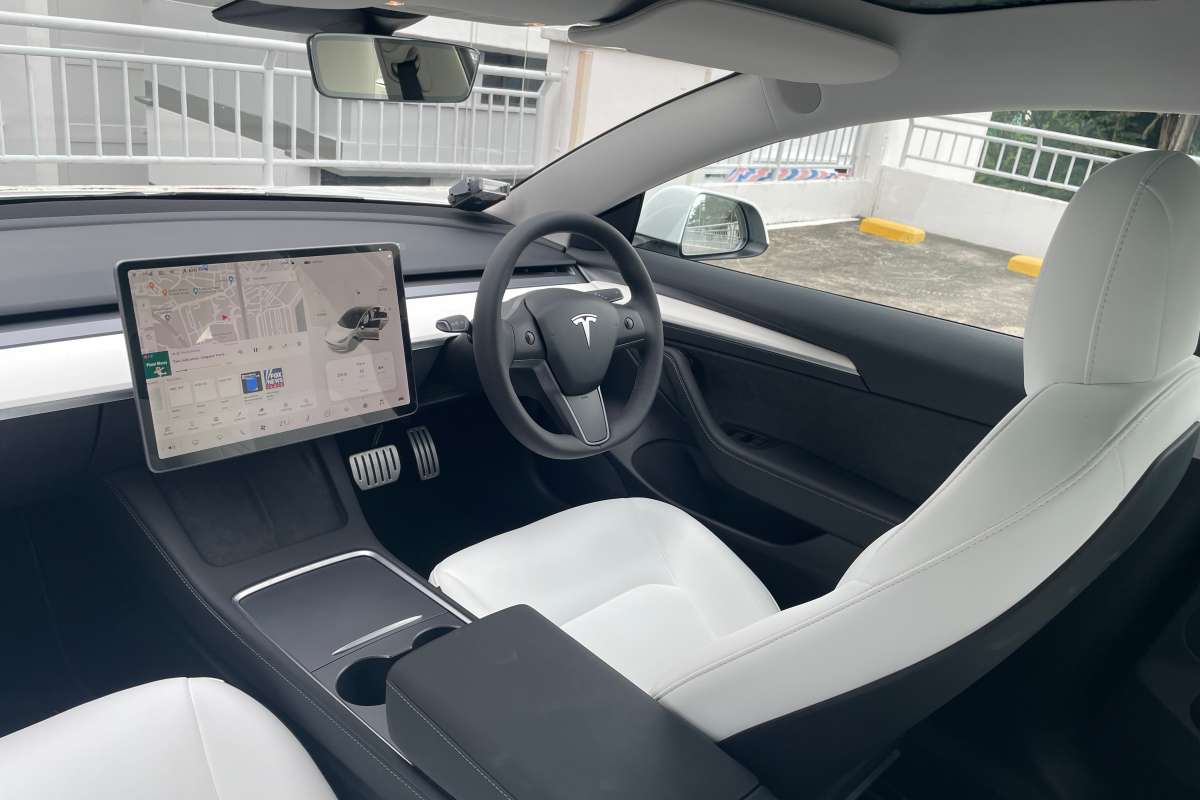
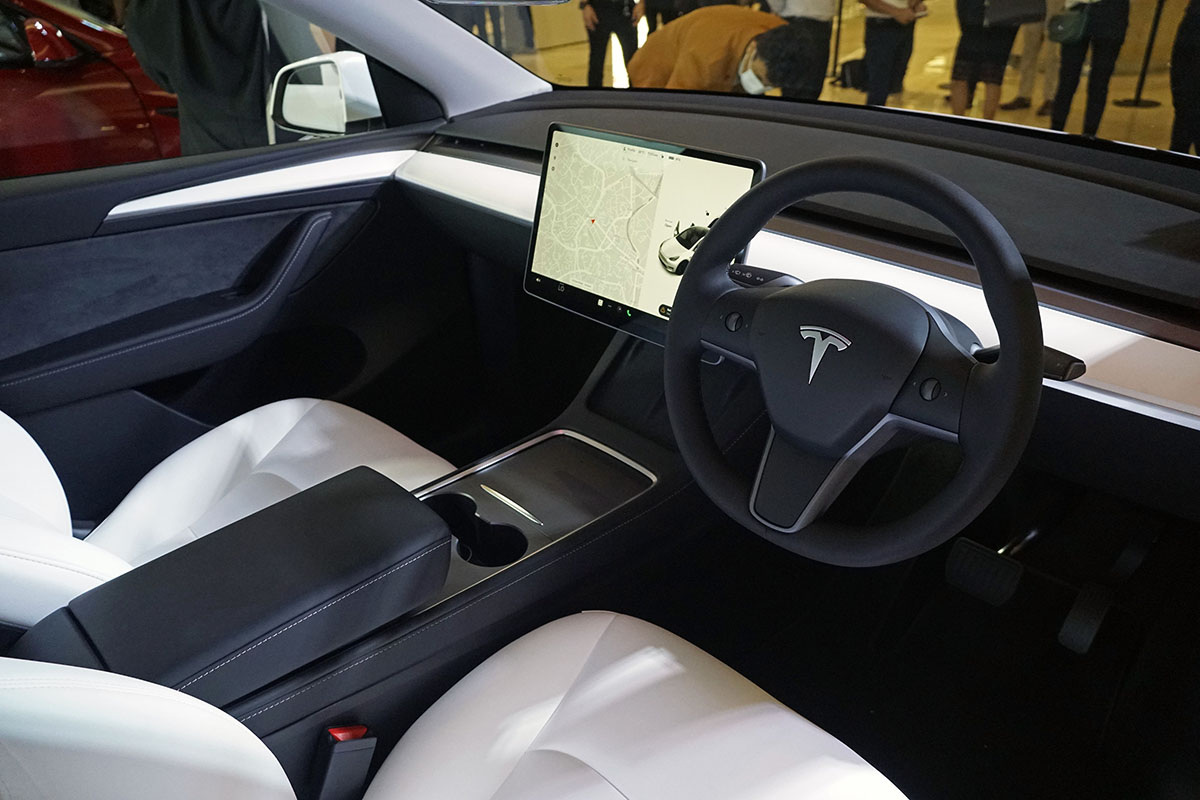
Both cars have a very similar footprint, though the Model Y is slightly larger, both cars have almost the same wheelbase – Model 3 at 2,880mm and Model Y at 2,290mm. The biggest difference between the two is height: At 1,624mm, the Model Y is 180mm taller than the Model 3 – though again, styling hides this difference quite effectively.
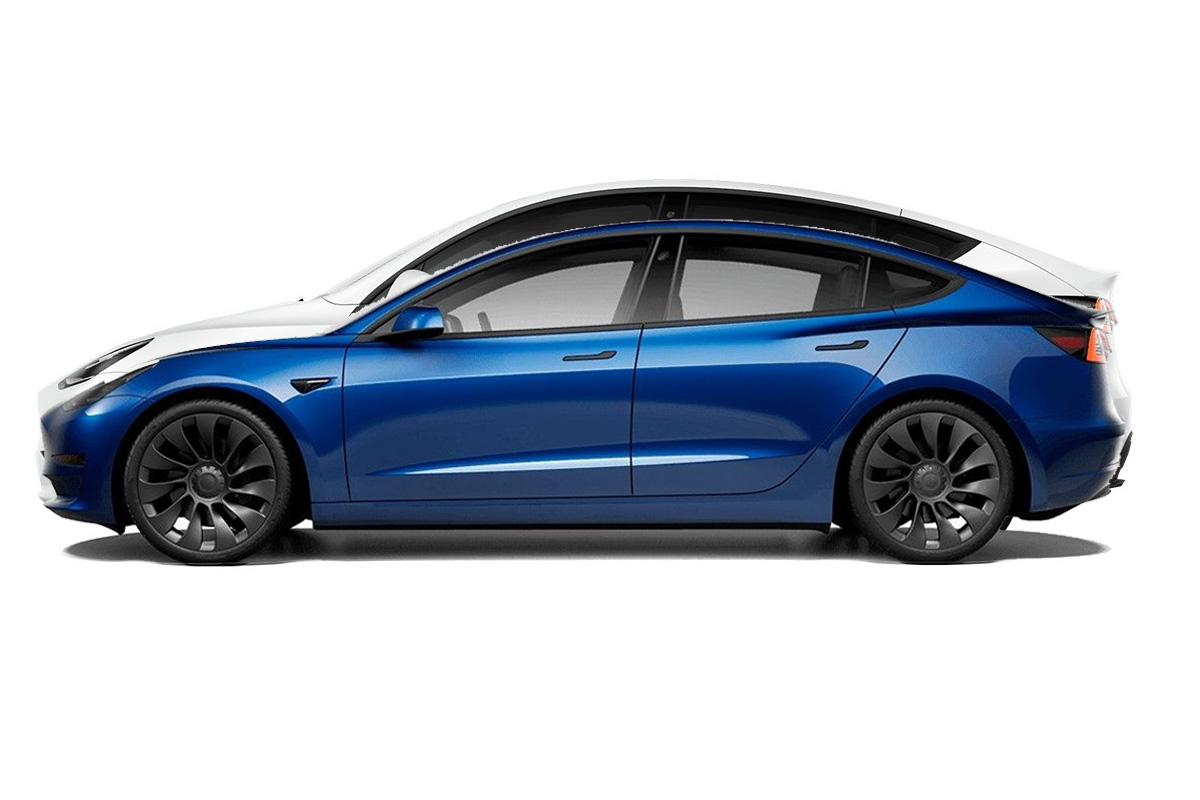
That height difference is the key reason why the Model Y has much more space than the Model 3.
Boot space starts out at a cavernous 867-litres, and expands to a quoted 2,100-litres with the seats folded down. We checked out the car at launch and it also has an underfloor storage space, as well as additional cubby holes down the side. That’s significantly more than the Model 3 sedan, which only has 425-litres of boot space.

The rear passenger room is more generous than the Model 3’s, with significantly more headroom, though legroom is not noticeably improved. Shoulder room should also be better, since the Model Y is wider.
To sum up, if you need more cargo space and regularly carry five people, the Model Y will suit your needs better. The Model 3 can also carry five people – but with less comfort, and it has less boot space.
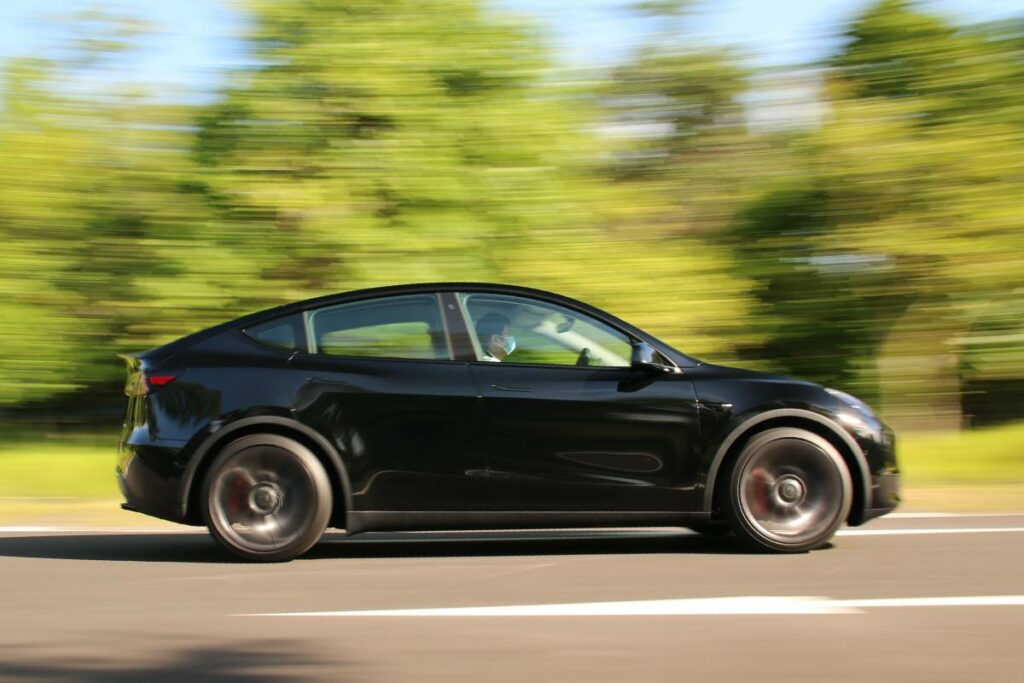
It’s a motoring rule of thumb that SUVs are less fun to drive than sedans. This is because SUVs tend to be taller, with higher centres of gravity, they are also larger, and heavier than similarly-priced sedans.
This holds true for the Model Y and Model 3. We already covered the dimensional differences, but they also translate to less driving performance in terms of acceleration and top speed. If you look at our first impressions drive of the Model Y too, it’s clear that the Model 3 is more suited to those who want fun behind the wheel.
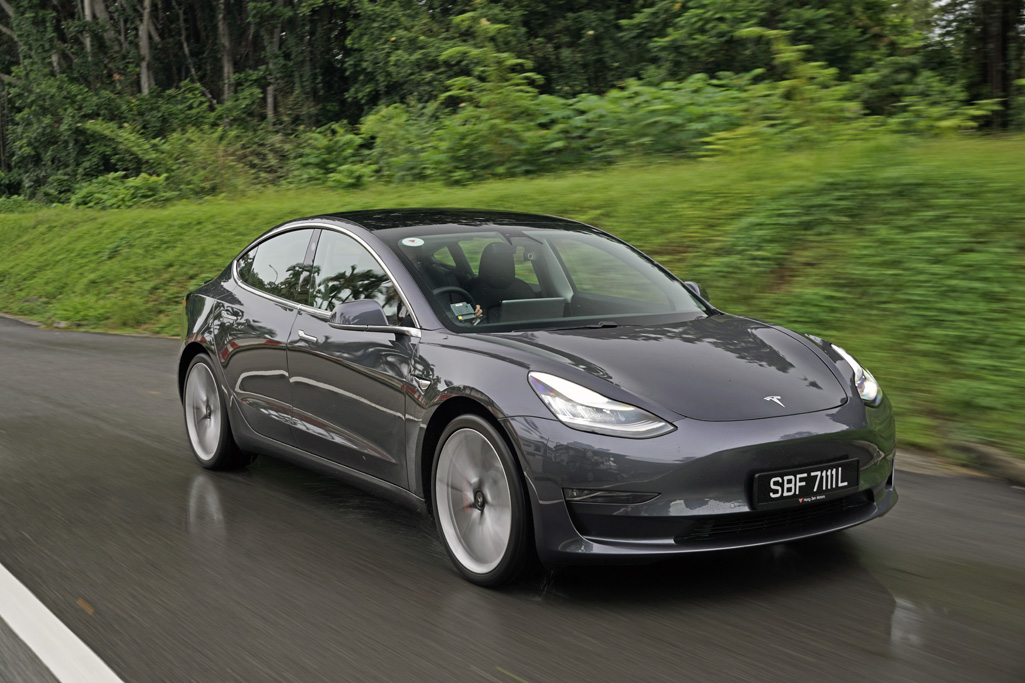
You want a sleeker body shape or prefer the sedan look
Both cars look quite similar in the flesh, especially from the front. As far as SUVs go, the Model Y avoids the very tall, boxy look and resembles a high-riding fastback than a soft-roader – that’s probably to preserve aerodynamic efficiency.
However, next to a Model 3, it does look taller and more ungainly, and despite the fact that SUVs are the popular choice these days, it’s not likely to draw buyers based on its looks alone but rather its practicality.

You want to spend less
The Model Y is a larger, more spacious car and hence it will cost you more than an equivalent Model 3. The important thing to note here is that the Model Y is around S$30k more expensive than the Model 3 – so if you’re counting pennies then it’s clear that the sedan has the edge here.
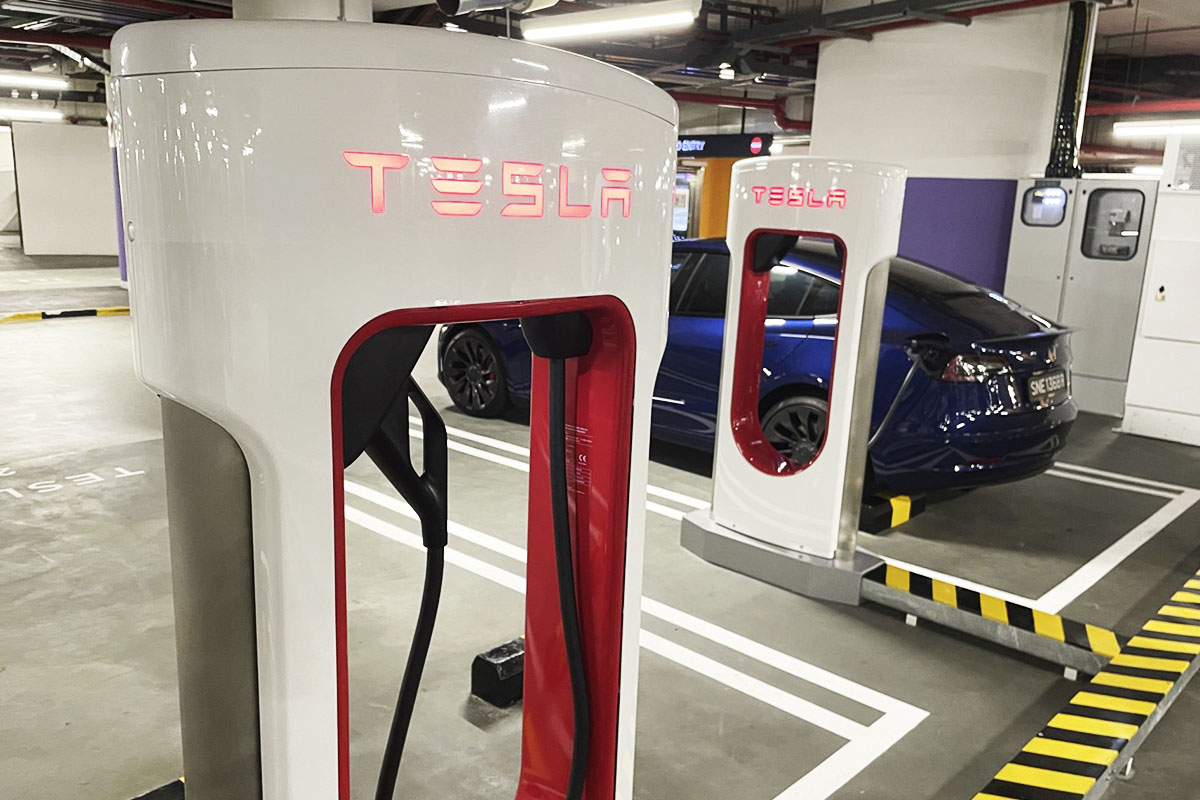
The Model 3 and Model Y don’t actually differ hugely when it comes to range, and they have the same charge times. On paper, a Model 3 will go further than a Model Y, because the latter is a larger, heavier car.
But in Singapore, where distance doesn’t matter quite as much, we say the range difference between the two shouldn’t affect your buying decision that much.
However because all of them have the same Supercharger-capable tech onboard, with a fast charge rate of up to 250kW, charging times are quite similar for all Model 3 and Model Y variants. In fact Tesla Singapore says they’re the same – i.e. a Model 3 RWD and Model Y RWD have the same charge times.
With a Supercharger, all cars will go from 10 to 80 per cent in less than half an hour, officially ‘around 20 minutes’. ‘Regular’ 11kW AC charging will take seven hours for a full charge, for RWD models, and eight hours for the Performance models.